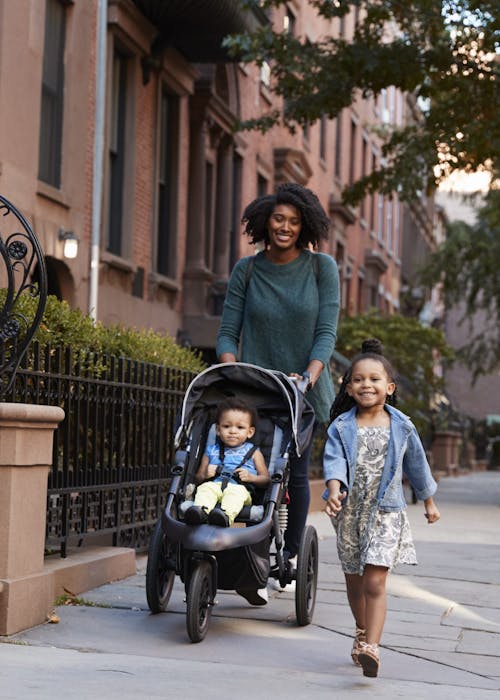
CCC’s Community Risk Ranking: Housing
Digital Briefs
March 17, 2015
Thank you for joining our blog series, which explores CCC’s Community Risk Ranking in greater detail. So far, we have examined the economic security data and what they tell us about life for at-risk children in New York City. For our next entry, we will focus on the housing domain.
A safe and stable home environment is key to children’s healthy development. The housing domain included in the Community Risk Ranking is composed of three indicators that measure the housing security of communities: the share of rent burdened households, rental overcrowding, and the rate of families entering homeless shelters. To understand the housing domain, we will focus on the data from East New York (K05), the highest risk community in Brooklyn and the 6th highest risk community overall in the housing domain.
- About one in four households (26.8%) in East New York (K05) spent at least half of their income on rent in 2012. Furthermore, an overwhelming majority (84.8%) of the rent burdened households in East New York (K05) have an annual income of $25,000 or less. For these low income households, a high rent burden makes paying for other essential expenses very difficult. In addition, 25.9% of rent burdened households in East New York (K05) are families with children living below the poverty line.[1]
- 16.8% of renter households in East New York (K05) live in overcrowded housing. Rental overcrowding measures the share of occupied rental housing units that have more than one person per room. A recent article in The Washington Post reports that a large percentage of families have relied on “doubling-up,” or sharing living space with other families to make ends meet. While the practice can definitely lead to cost savings, studies have shown that overcrowding decreases privacy, increases children’s levels of stress, and can impair their social and emotional development.
- In fiscal year 2014, 564 families from East New York (K05) entered homeless shelters – at a rate of about six out of every 1,000 households. The high rates and numbers of families entering homeless shelters in communities like East New York (K05) helps explain the citywide increase in the homeless population, which is at a record-breaking high of over 59,000 individuals, including more than 24,000 children.
The data from the housing domain demonstrate that children and their families face significant challenges to securing affordable, adequate and stable housing. We are encouraged that Mayor de Blasio’s administration has made housing issues a priority with proposals aimed at growing the City’s affordable housing stock and preventing homelessness, as well as helping families prevent eviction and transition from emergency shelter to permanent housing. We also support the City’s continued commitment to helping families earn more adequate incomes, including efforts to raise the minimum wage and increase access to transportation and job opportunities through strengthened community infrastructures.
We’ll continue to leverage our data to call attention to the need for increased investments in programs and services that have proven effective to keep families in their homes and help those families that are homeless access safe shelter and secure and permanent housing with appropriate after-care supports. Please continue to follow us on Facebook, Twitter, and Instagram to stay up to date.
[1] Figures are based analysis from: United States Census Bureau. (2015). 2012 American Community Survey, Summary Table: Year-Estimates [Data file]. Retrieved from: http://factfinder.census.gov/faces/nav/jsf/pages/searchresults.xhtml?refresh=t

